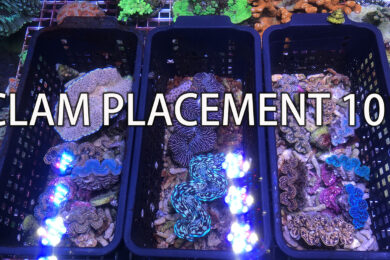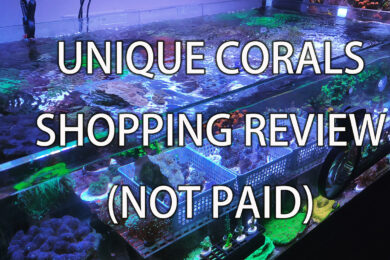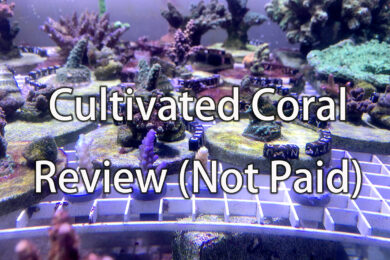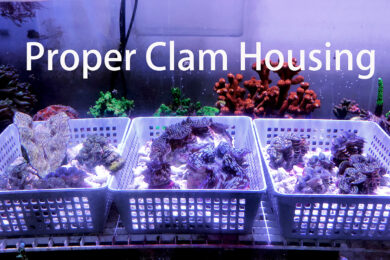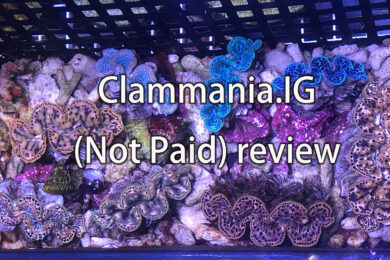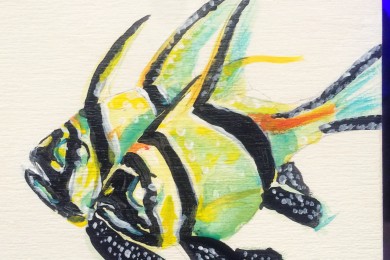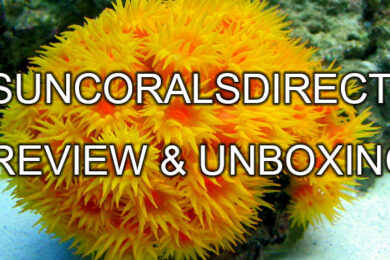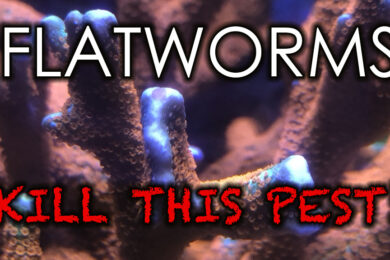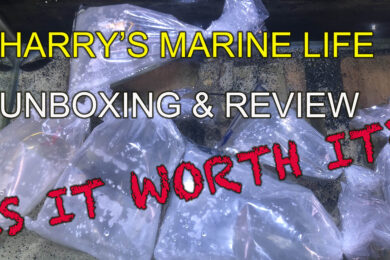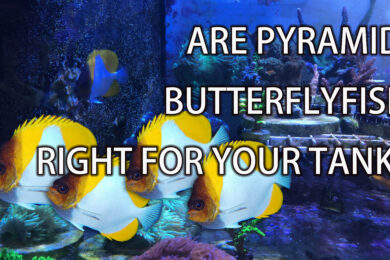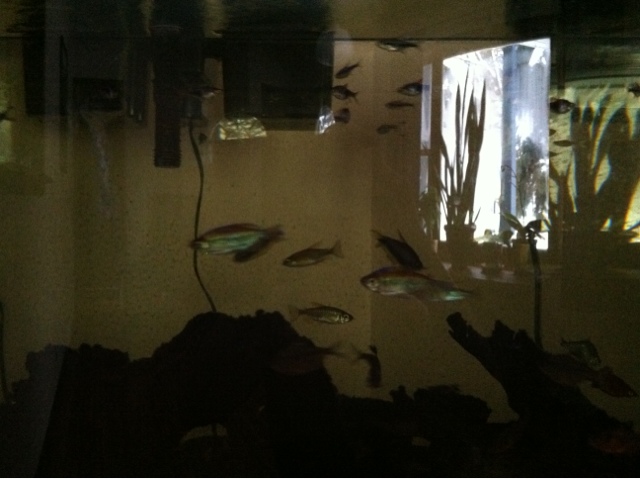A month ago my planted tank (bow front 46 gallon) had a nasty algae break out. And I had to take drastic measures to control it. I am sure many of your have also experienced algae issues as I have. It is one of the biggest headaches for many hobbyist. And from all the stories I have heard, probably the #2 reason for people to exit the hobby behind disease/parasite breakout.
Algae is naturally occuring in the water. There is almost no way for anyone to avoid it. Even if you use strictly RO/DI water from the 1st day of your tank set up. The bag you have brought the new fish home from the pet store is full of algae cells. Even if you dump the water out, you cannot dry off the fish’s slime coat to rid of the algae already attached to them. With that said, there are ways to prevent them:
1) Light. As anything else that relies on photosynthesis to survive and thrive, algae needs light to grow and take over the tank. Some people keep their tank’s light on for over 10 hours a day. The prolonged photo-period is the easiest way to encourage algae growth. If you have a planted tank, and you need to leave the light that long to allow your plants to grow, it means your light is too dim. What you should do is upgrade to a brighter light source and shorten the photo period to no longer than 8 hours.
2) Dissolved nutrient. Like any other creatures, light is not the only thing that is required for growth. Algae also need minerals and dissolved nutrient such as nitrate to thrive. If you have minimum lighting in your tank and your algae is still growing like weed, you might want to cut back on your feeding and up your water change frequency.
3) Prey. There are many critters to select from your local aquarium stores to help control the algae pest by consuming them. The options range from algae eating fish to algae nipping shrimps. Be careful with what you select though. The common pleco can grow into a foot long monster and will require additional feeding to satisfy its appetite. My best recommendations are amano shrimps and otocinclus catfish (grow to 1 inch long). Other no-no is the Chinese algae eater (becomes large and aggressive), and the flying fox (abandons the algae diet once it matures). And also compliment the cleaning crew with a few cute cory cats as they will help pick up all the table scraps.
4) Chemicals* Finally, there are chemicals you can acquire from stores to control algae as well. Personally I do not recommend it as it can be very harmful to your fish as well. Especially the sensitive catfish and any invertebrates you have.

